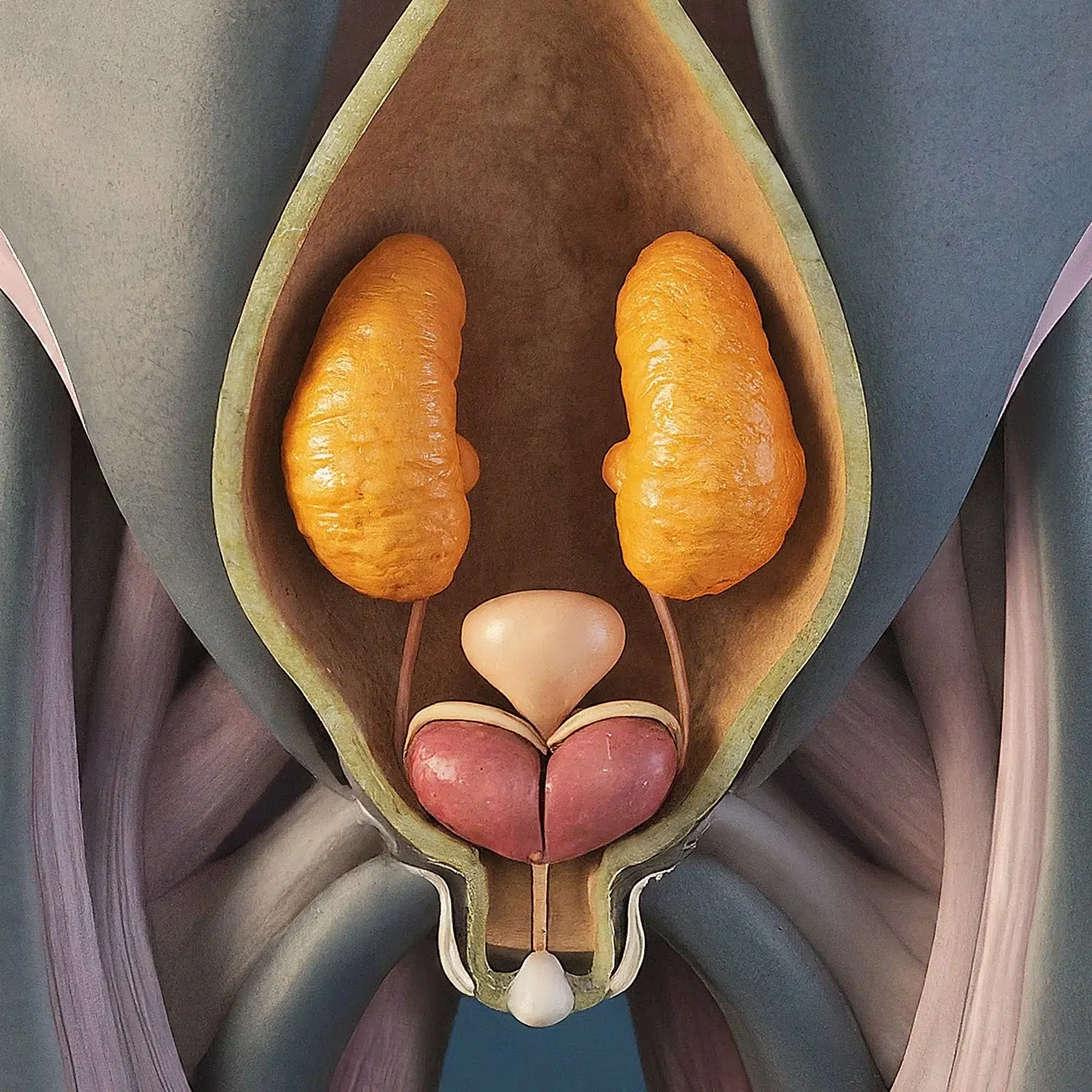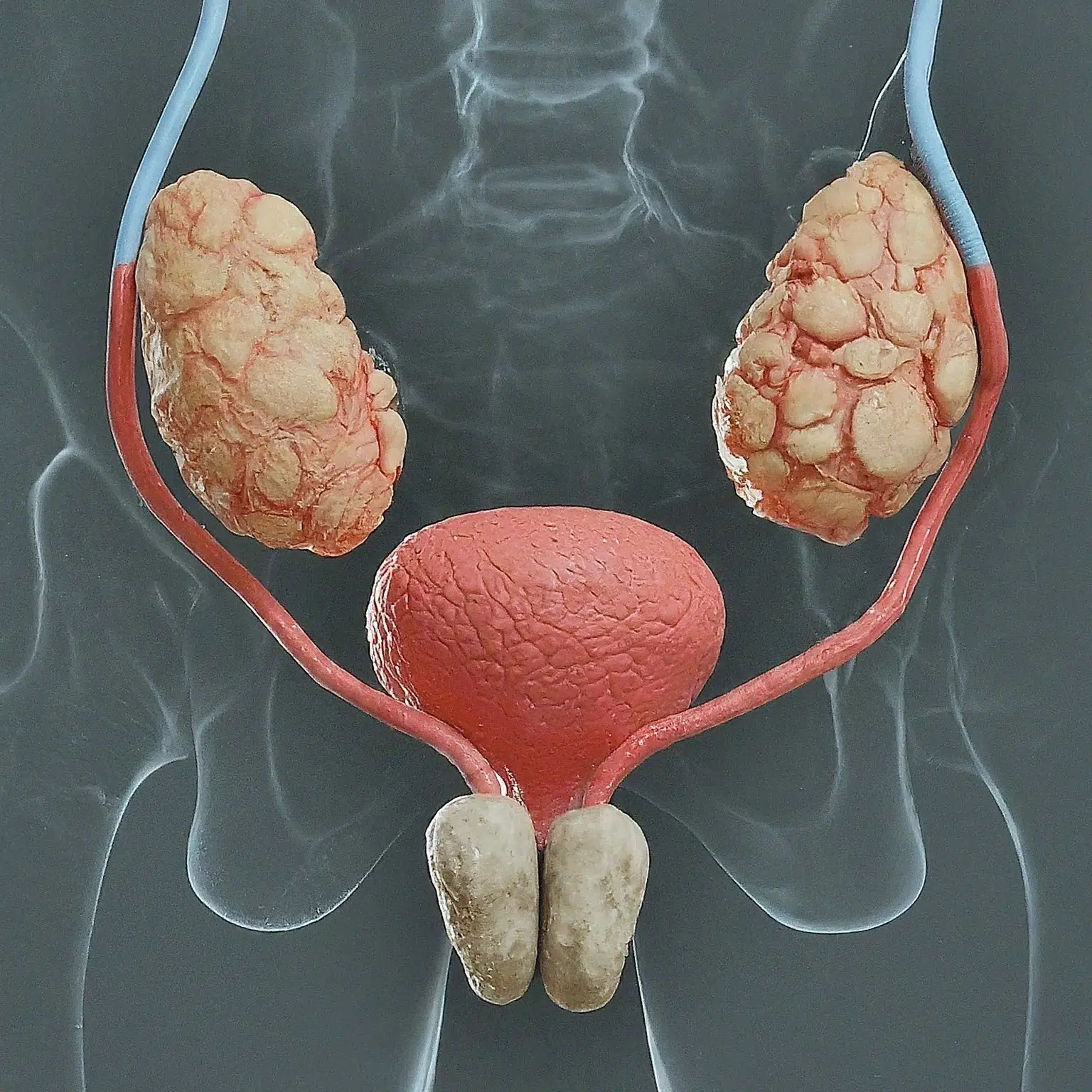As a health journalist, I've seen firsthand how prostate cancer can impact lives. Just last month, my uncle John was diagnosed with early-stage prostate cancer. His experience inspired me to dive deep into this topic and share what I've learned.
Prostate cancer is far more prevalent than many realize. The World Health Organization reports it’s the second most frequent cancer in men globally.
To put that in perspective, about 1 in 8 men will hear the words “You have prostate cancer” at some point in their lives. It brings home the reality that prostate cancer could affect you or someone you know.
When caught early, prostate cancer is often treatable. Let’s break down what you need to know about causes, prevention, detection, and treatment.
Global Impact and Survival Rates
According to recent data from GLOBOCAN, there were almost 1.47 million new instances of prostate cancer worldwide in 2022, ranking it as the fourth most prevalent disease.
Overall and the second most common cancer in men (WCRF International)
(UICC) Compared to the 1.4 million cases predicted by the Global Cancer Observatory for 2020, this indicates a modest increase.
Regional differences exist in the age-standardized rate (ASR) of prostate cancer. For example, the ASR of 75.2 per 100,000 men in the United States was among the highest, whereas the ASR of 9.7 per 100,000 men in China was significantly lower.
Prostate cancer was responsible for over 397,430 deaths worldwide in 2022. Notably, the highest death rates were seen in nations like Zambia and Chad, which reflects regional differences in cancer treatment and access to healthcare.
For prostate cancer, the prognosis is usually good, particularly if it is discovered early. The American Cancer Society states that:
- When all stages of prostate cancer are considered, the 5-year relative survival rate is 98%.
- The 5-year relative survival rate for localized prostate cancer, or cancer that hasn’t migrated outside the prostate, is very close to 100%.
- The 5-year relative survival rate for prostate cancer in the regional stage that is, disease that has spread to adjacent tissues or lymph nodes—is likewise very close to 100%.
- The 5-year relative survival rate for prostate cancer in the remote stage that is, cancer that has spread to distant portions of the body—is roughly 30%.
It’s crucial to remember that the guys in these survival rates were diagnosed and treated at least five years ago.
Men who have been diagnosed more recently may do better as a result of advancements in diagnosis and treatment.
Recall that while these figures offer a broad picture, individual results may differ depending on a number of variables, such as the particulars of the cancer, the patient’s general condition, and the selected course of therapy.
Always seek the counsel of medical professionals for individualized treatment.


What Causes Prostate Cancer?
- Age: The risk of prostate cancer increases as we age. Most cases are diagnosed in men over 50.
- Family history: If your dad or brother had it, you’re at higher risk.
- Genetics: Some inherited genes, like BRCA1 and BRCA2, can increase your chances.
- Racial Disparity: For reasons not fully understood, men of African descent face a higher risk of developing this disease.
- Diet and lifestyle: A diet high in red meat and low in veggies might play a role.
Dr. Sarah Johnson, a urologist I interviewed at Memorial Sloan Kettering, told me, “While we can’t control all risk factors, there’s a lot men can do to lower their risk.”
Reducing Your Risk: Prevention Strategies
- Eat Your Veggies (and Fruits)
Load up on antioxidant-rich foods like tomatoes, broccoli, and berries. Rethink Your Plate: Consider reducing your intake of red meat and full-fat dairy products. - Get Moving
Aim for 30 minutes of exercise daily. It doesn’t have to be intense – even a brisk walk counts. - Watch Your Weight
Research suggests that carrying extra pounds may increase the likelihood of developing more aggressive prostate cancer. Striving for a healthy weight could potentially lower your risk. - Quit Smoking
As if you needed more reasons to stop smoking, here’s another compelling one to add to the list. - Limit Alcohol
A drink now and then is fine, but heavy drinking may increase your risk.
Catching It Early: Detection Methods
- Regular Check-ups: Start talking to your doctor about prostate screening at 50, or earlier if you’re high-risk.
- PSA Test: This blood test measures prostate-specific antigen levels. It’s not perfect (false positives happen), but it’s a useful tool.
- Digital Rectal Exam (DRE): Yeah, it’s not fun, but it’s quick and can detect abnormalities.
- Know the Warning Signs: Trouble urinating, blood in urine or semen, erectile dysfunction, or unexplained pain in your hips or back? Talk to your doctor.
Dr. stephan emphasized, “Many men avoid screenings out of fear or embarrassment. A Moment of Prevention, A brief period of discomfort during screening could be the key to preserving your health for years to come.”
You May Also Like
-
President Joe Biden pardons son, Hunter biden after repeatedly denying his intentions to Americans03 Dec 2024 Politics
-
Miss Universe 2024 Winner: Denmark’s Victoria Kjær Theilvig Shines Bright21 Nov 2024 Entertainment
-
U.S Department of Justice drops all pending charges against Donald trump11 Nov 2024 Politics
-
CAF committee Libya fined $50,0000 and lose 3 points to Nigeria07 Nov 2024 sports
Treatment Options: There's Hope
If you’re diagnosed, remember, prostate cancer is often treatable. Options include:
- Active Surveillance: For slow-growing cancers, sometimes watching and waiting is the best approach.
- Surgery: Removing the prostate can be effective for localized cancer.
- Radiation: Using high-energy rays to kill cancer cells.
- Hormonal Approach: One treatment strategy involves limiting testosterone production to hinder cancer growth.
- Emerging Treatments: From immunotherapy to focused ultrasound, new options are constantly developing.







